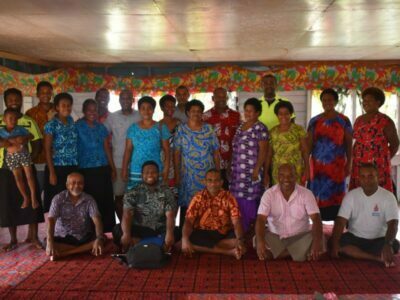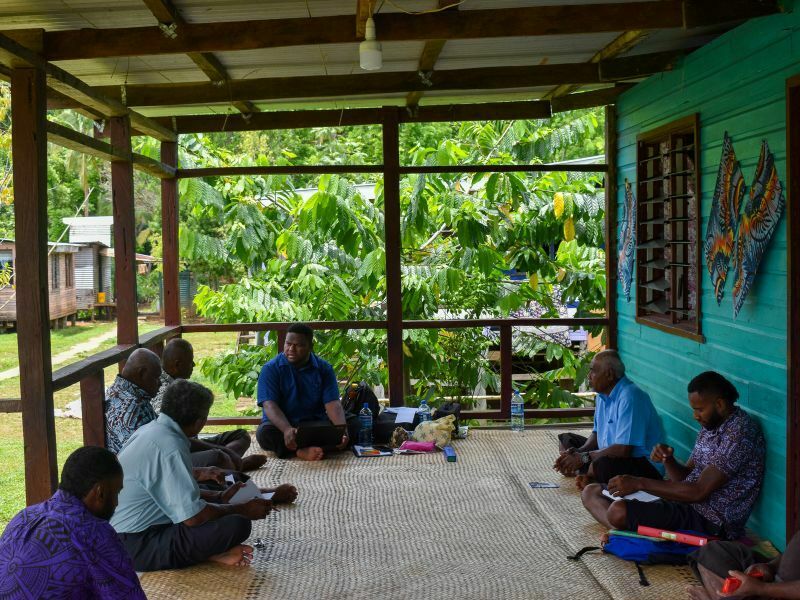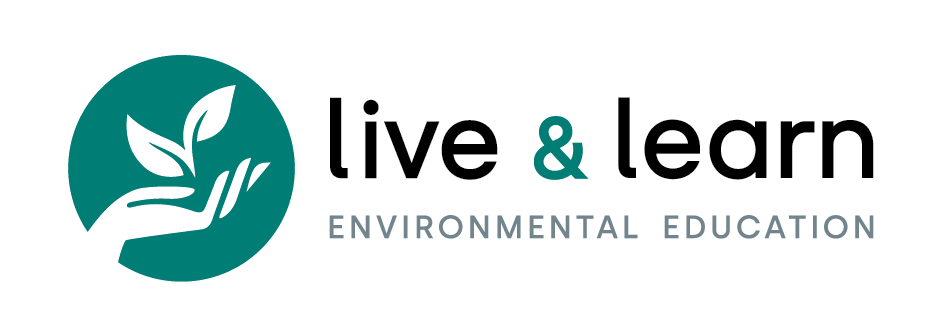Climate resilience is not only about science and the environment or infrastructure and energy. A key part of it is people: collaboration and cooperation are essential to implementing the pathways towards resilience. This means that building relationships is essential.
This is one of the earliest and most important parts of the Climate Resilient Islands programme. By following official protocols and upholding traditional customs of entering villages, such as the sevusevu ceremony in Fiji, the teams begin their partnerships with the communities they will be working alongside.
“It’s important for our programme, when we enter the villages, to have that connection with the people,” says Samisoni Rakabu, Climate Resilient Islands Programme Manager for Live & Learn Fiji. “It’s the people who own the land, the resources, the ecosystems, everything that we are hoping to be part of.
“Especially for this programme, we are working on nature-based solutions, and a key element in nature-based solutions is the human aspect. We cannot do nature-based solutions on our own; we need the villages.”
The concept of vanua is traditionally important in Fiji, and means not just the land itself but also the way people live on the land and the relationships they have with each other. Understanding how this is enacted in each community is essential and requires developing strong connections with the people who live there.
This relationship building was a big part of initial phase of Climate Resilient Islands, when the team spent up to a week in each community to both learn more about the local customs and gather information for the Community Resilience Profiles.
Because the people living in these communities have the strongest understanding of their local areas, working with them as true partners in the programme is essential for implementing effective resilience pathways and plans.
“In building relationships, they need to understand the idea and what the programme is all about,” Samisoni says. “Once they take that on, they can take ownership, and we will be behind the scenes.
“So, when the relationship is at a point that they now know it’s theirs, they will take on the initiative and carry on the programme.”

The Fiji CRI team has developed strong relationships with the communities they are working in.
To establish these relationships, the Fiji team first contact the provincial offices and other official bodies who can put them in contact with these communities. Once they are properly allowed to visit, they bring their sevusevu, a gift of kava to present to the Turaga-ni-Yavusa, the head of the village, to ask for his blessing and permission to work in the village. This brief, formal ceremony is an important aspect of Fijian culture, treated with the highest respect by the CRI team, for whom it is not only an important tradition but a crucial part of their work.
“In chanting or saying the words of the sevusevu, it is asking for their blessing that as we work on their lands, no harm will come to us,” Samisoni says. “Once they have accepted our sevusevu, we are given authority to work with the communities. The traditional ties start to build up from there.”
This is often followed by a less formal talanoa session, where they sit with the people of the village, begin getting to know them and explain the programme and the purpose of the team being there.
“Those discussions are key, because they are now able to know more about the programme and more about who we are,” Samisoni says.
“We had never been to these villages before, so we had no idea how they live their lives. In order for us to understand that, we have to spend time in the villages and allow ourselves to be absorbed into the community lifestyle, to allow them to accept us. The way this programme is designed, we are holding in high regard these relationships and traditional ties between villages.”
“We have built these relationships to a level where they have accepted us as part of the village. The acceptance is there in the community, and we value that; we are confident in the way they receive us that we can do well with this programme.”
Resilience is complex and comprised of many elements. But it cannot be built without building strong relationships with people and becoming equal partners in the journey towards greater resilience.

